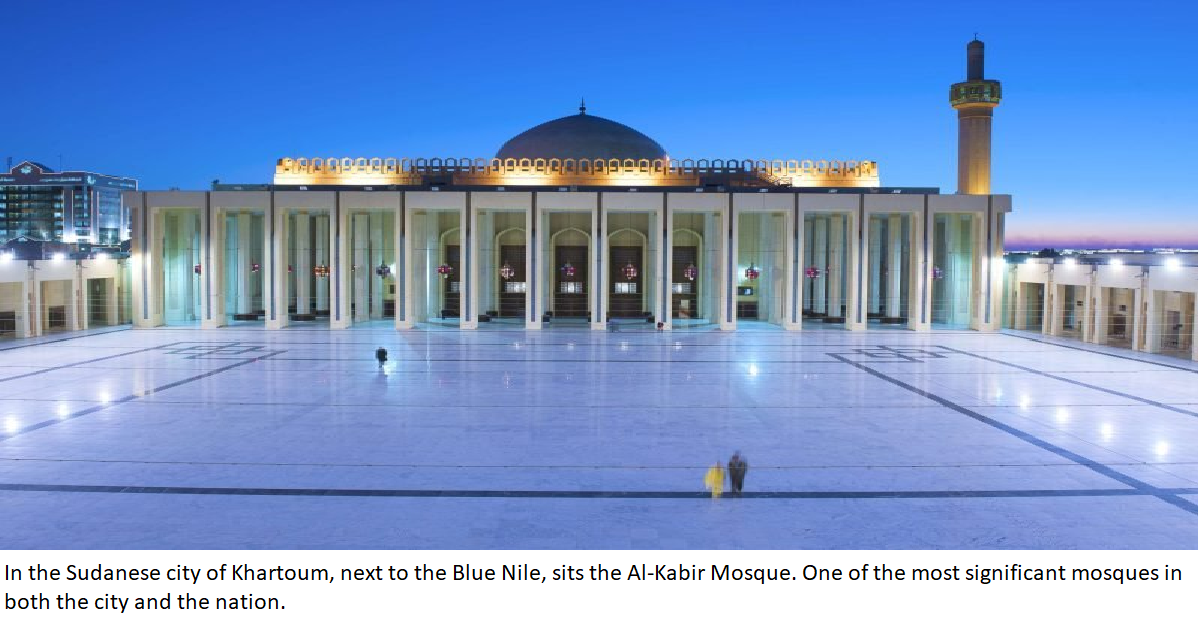One of the biggest and least visited countries in Africa is Sudan. Although there are still ongoing internal hostilities in much of Sudan, travel for tourists is still accessible in the north and south. All travelers visiting Sudan will find that the people there are genuinely kind and welcoming. You are greeted as though you are in another African nation. They are proud to show you their nation and their hospitality and are highly interested in you.
Many historical buildings and natural beauty areas are waiting to be discovered in the country.
Sudan, also referred to as the Republic of Sudan, is a country in northeastern Africa bordered to the north by Egypt and to the east by the Red Sea. Despite being the third-largest nation in Africa, it is frequently disregarded as a dream vacation spot. Sudan needs more attention for its beauty and history, even though it may not be high on many people’s lists of things to do.
It’s not unexpected that the nation is so enticing given its position in the Nile Delta of North Africa.
Here are the top justifications for traveling to Sudan in case you’re still not persuaded.
The Great Pyramids in Sudan
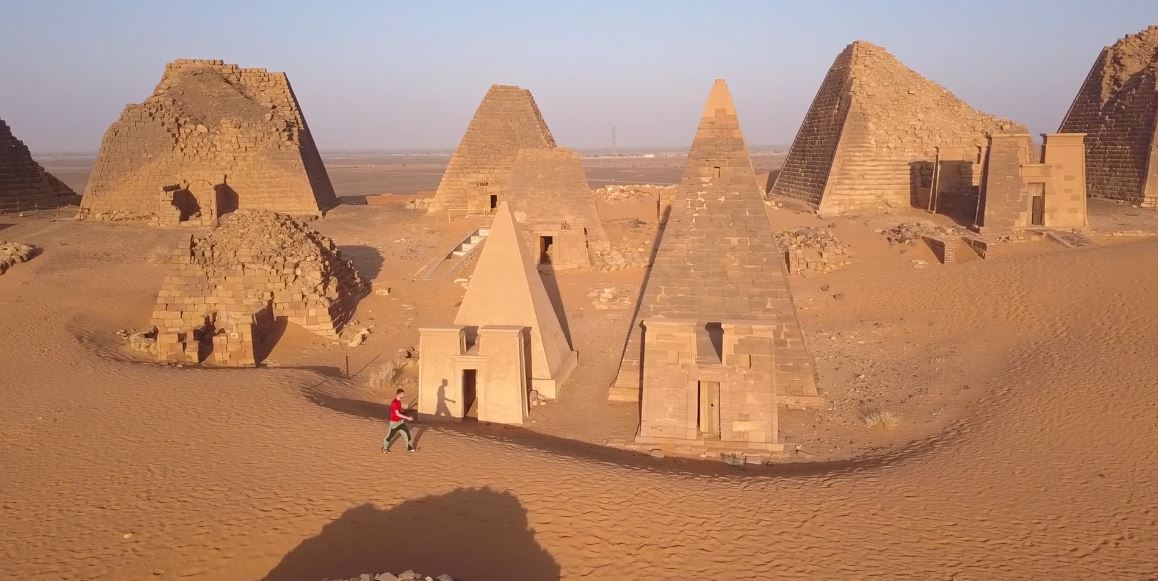
The fact that Sudan possesses more pyramids than Egypt and that more than half of them are still intact is astounding and frequently overlooked. More than 200 pyramids of varying sizes can be seen in the town of Meroe, creating quite a show. Although they may resemble those in Cairo, they are not the same. These are steeper than the well-known Egyptian pyramids because they have smaller bases.
Although the ruins in Sudan might not be as beautiful as those in Egypt, what makes the experience there special is that you won’t have to compete with other tourists for images, deal with pushy postcard vendors, or ride camels around the ruins.
CULTURE
You’ll undoubtedly be fascinated by Sudan’s culture. The nation has a total population of 30 million people, and it is estimated that there are 597 groups spread out over the nation that speak 400 distinct languages and dialects and have various cultures and ancestries.
Sudan’s culture was developed via the blending of all the various ethnic groups and tribes, which is what makes it so unique and different but also so intriguing.
HOSPITALITY
There’s no doubt that the generosity and hospitality of the Sudanese will blow you away. They could easily be referred to as some of the friendliest and most generous people in the world.
All they want to do is help and they strike up conversations even with strangers. Visitors always get special treatment and if you visit a Sudanese home you will be given the royal treatment. Many are overwhelmed by the outstanding hospitality they receive when visiting Sudan and this is one of the main reasons that people return.
Two maritime national parks in Sudan have some of the most diverse marine tropical environments on earth. Famous for their natural beauty are Sanganeb Atoll and Dungonab Bay-Mukkawar National Park.
Amazing marine life abounds in the parks, swimming through magnificent underwater environments. Some of the top diving locations in the world have been compared to the parks.
SHENDI NATIONAL PARKS FOR THE SEA
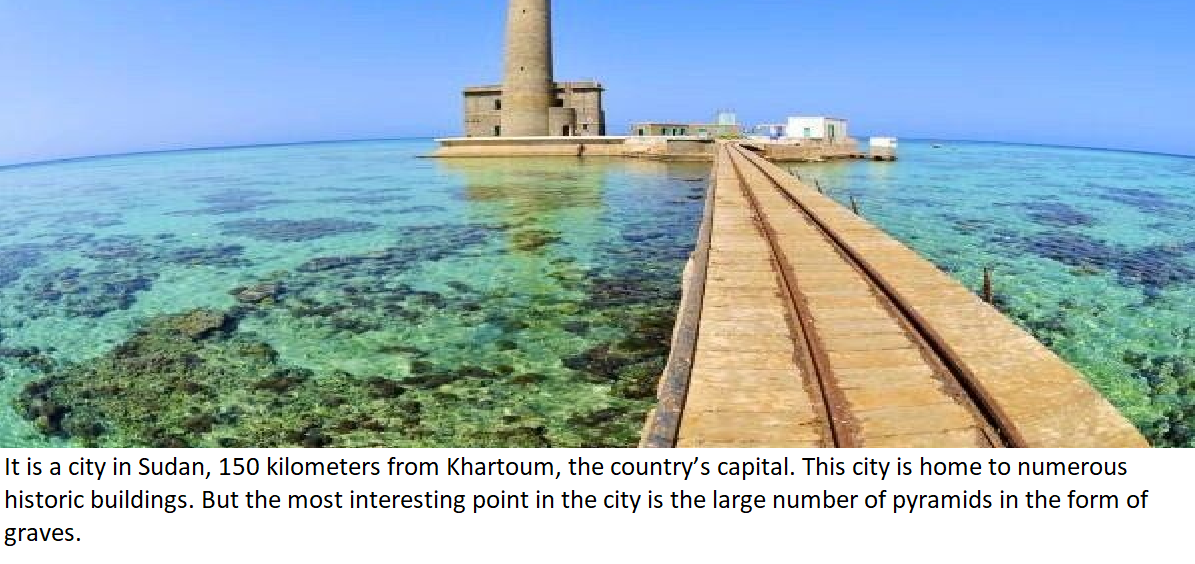
ISLAND SUAKIN

MEETING OF THE WHITE AND BLUE NILES

NATIONAL PARK OF THE SANGENEB SEA
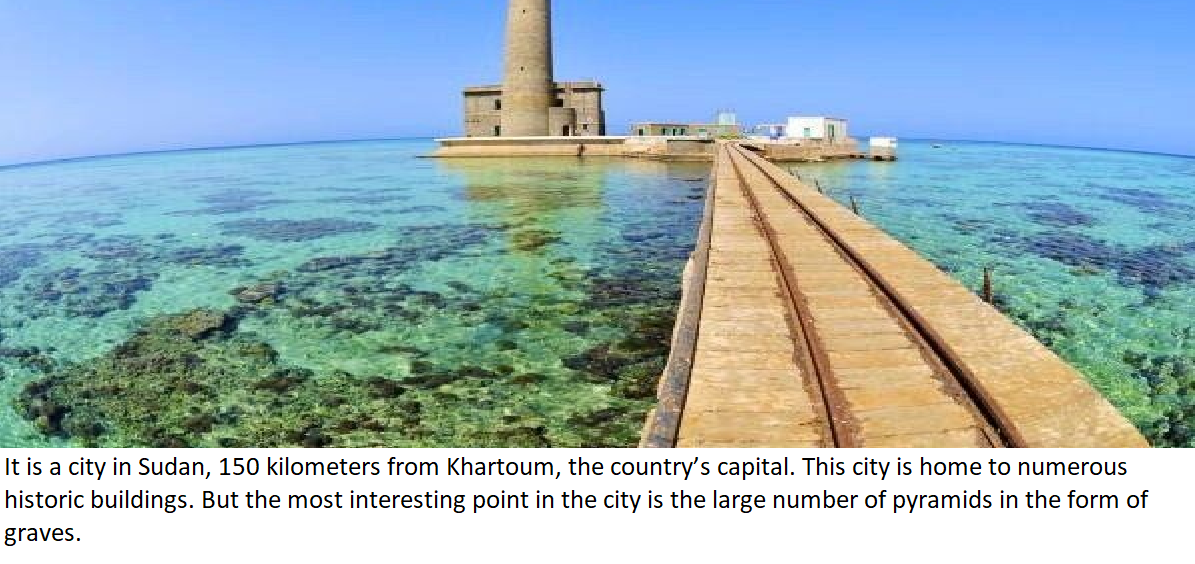
Sanganeb is a coral atoll located about 30 km northeast of Port Sudan in Sudan. Since 1990, Sanganeb Atolu is serving as National Marine Park due to the submarine creatures here. By 2016 this park was added to the Unesco World Cultural List.
BARKAL, GEBEL
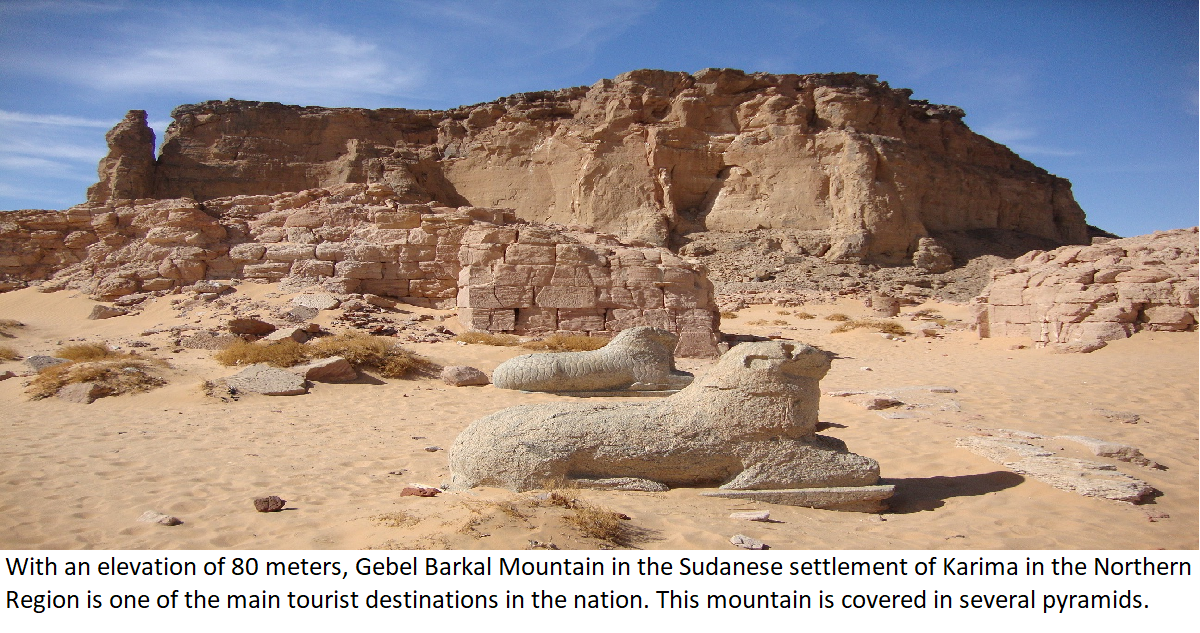
SUDAN’S NATIONAL MUSEUM
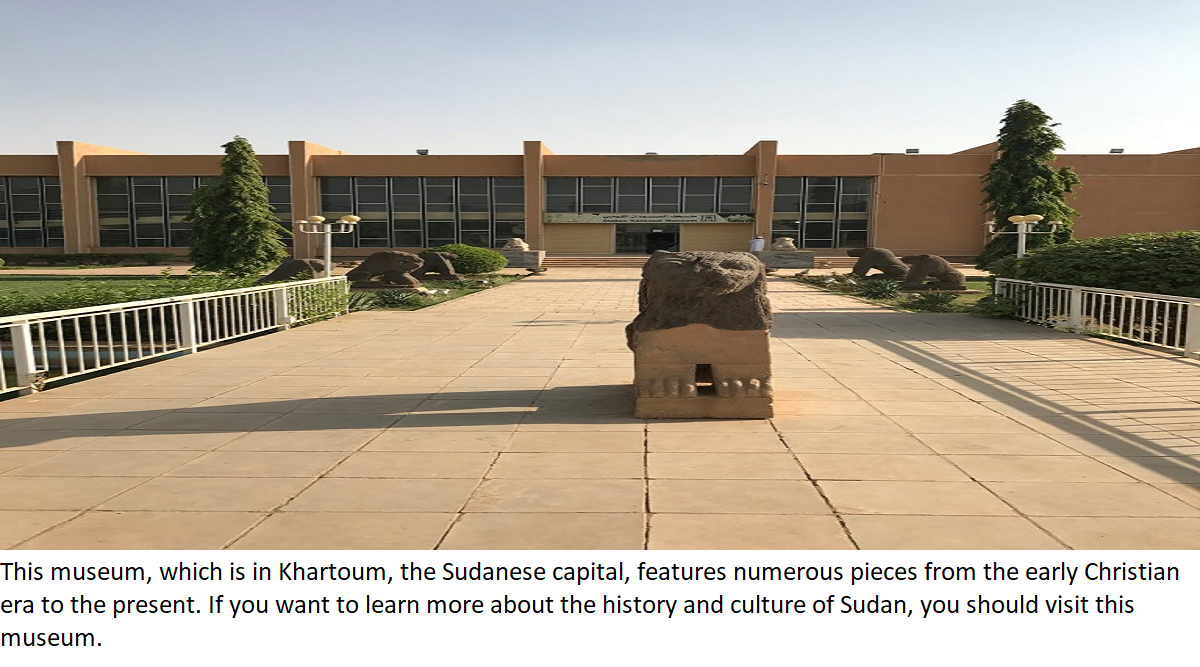
HOTEL BURJ AL-FATEH
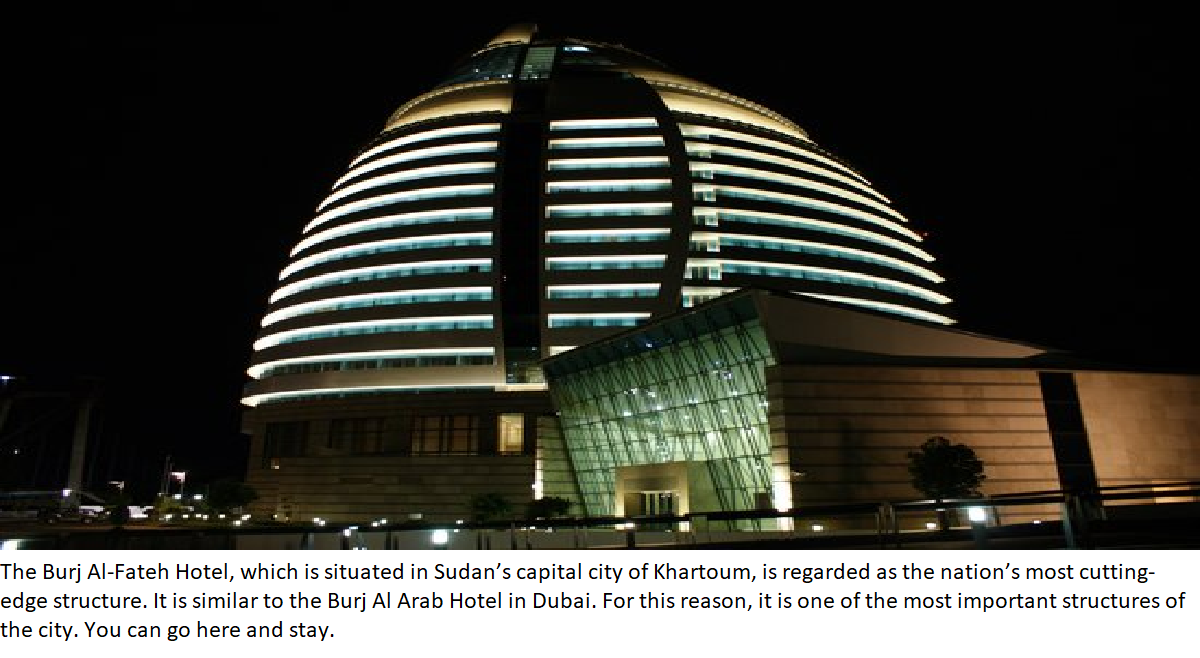
OMDURMAN
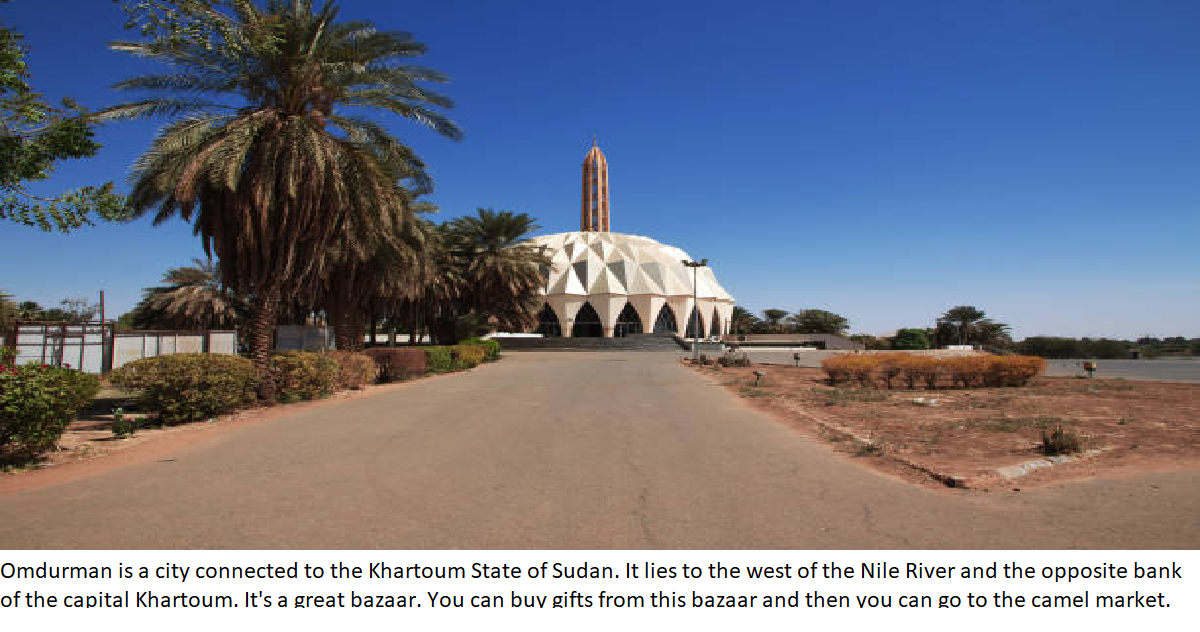
TUTI ISLAND
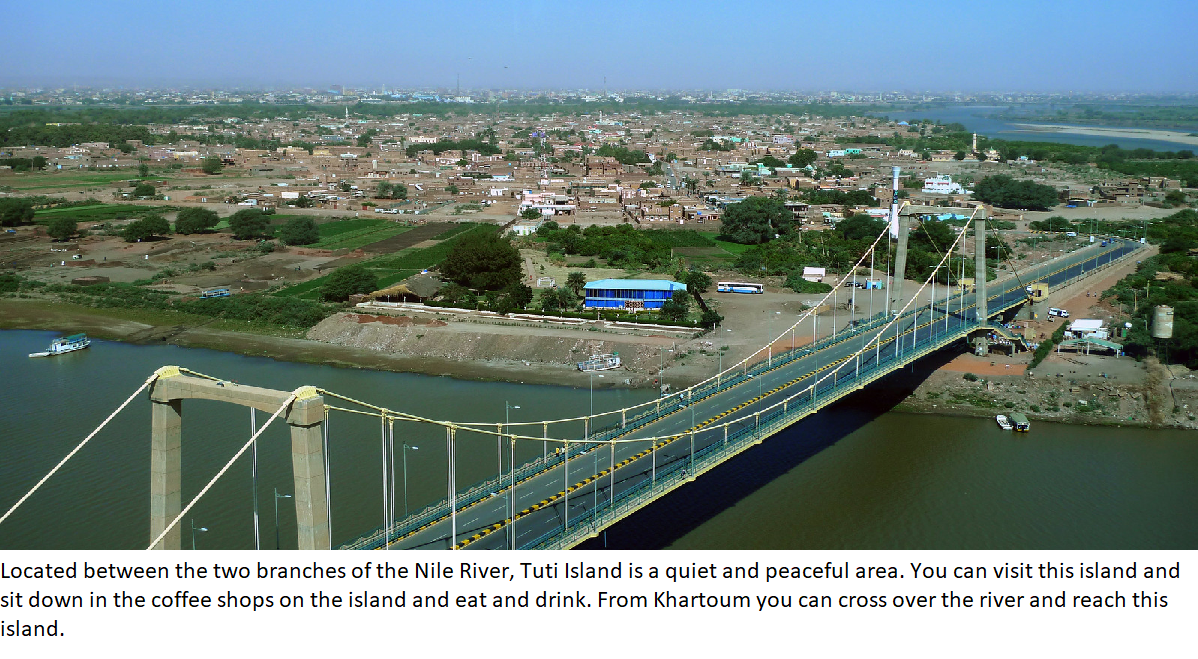
MOSQUE OF AL-KABIR
